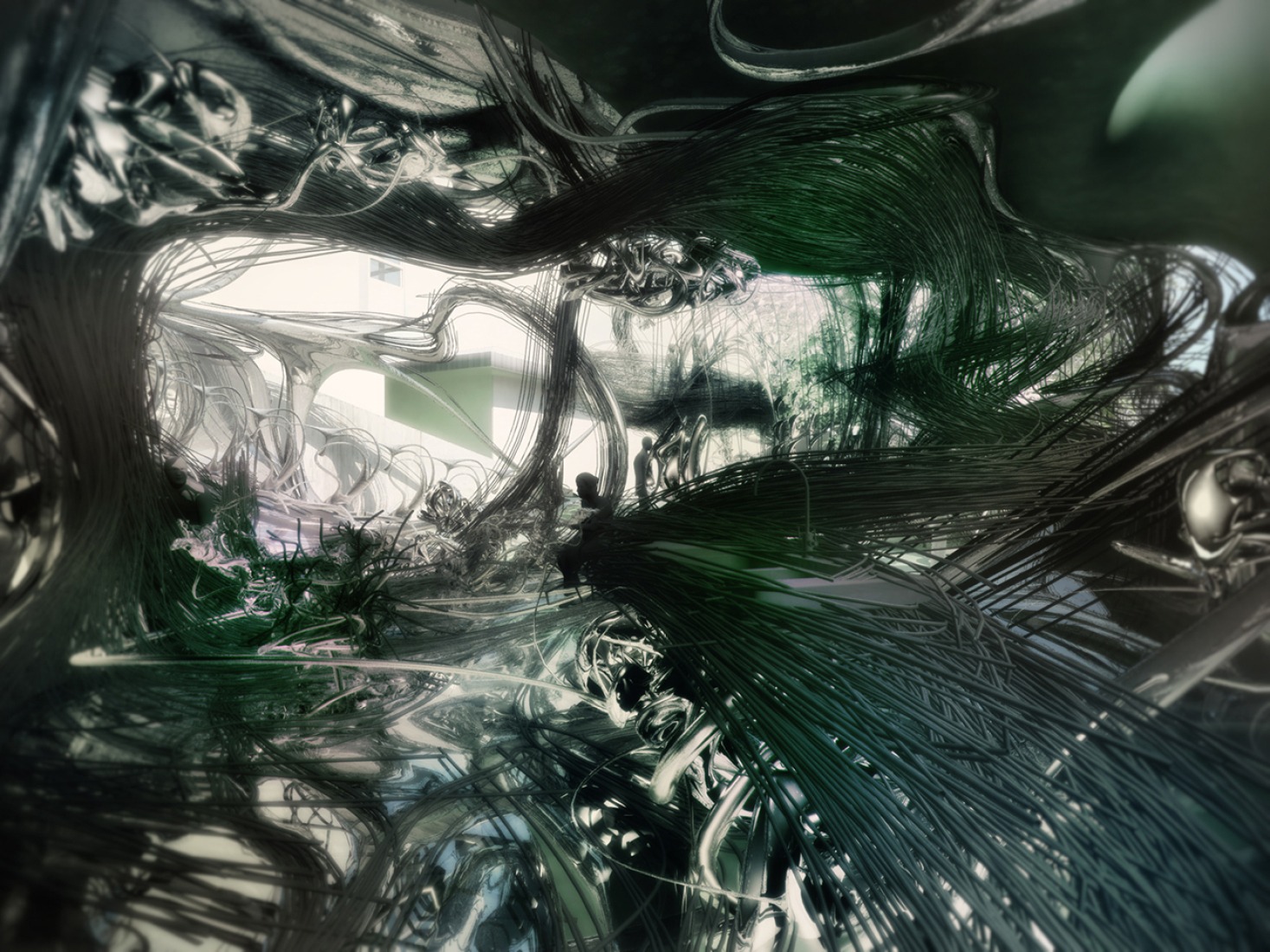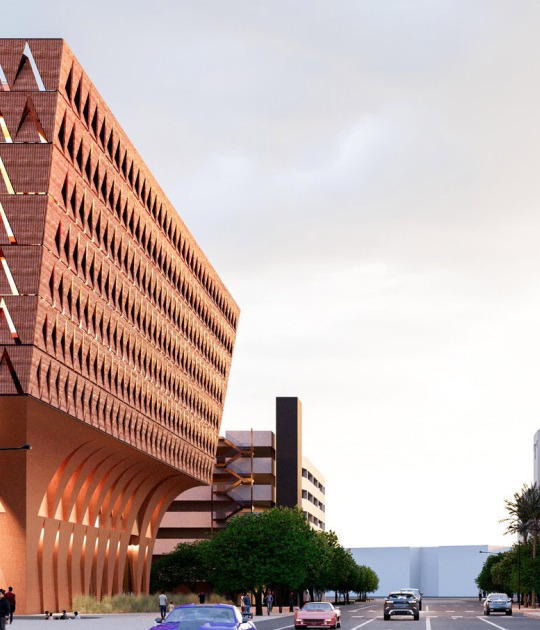Below, an interview talking about this project:
What is the influence, on your work, of your previous training in Alcalá University?
The Schools of Architecture in Spain are normally inside Technical Universities. In Austria there is a difference between Technical and Universities for Arts in Architecture. Although you get the same title as an Architect, the training is pretty different. Architecture as Profession doesn’t usually goes with Architecture as Discipline. I think that technical education prepares students for situations for the professional field. On the other hand, an artistic education defines and evolves the Discipline of Architecture. It allows to explore new possibilities and push boundaries till radical situations.
Both of them are acceptable and required. Merging both worlds should produce more complex and interesting projects. A fully attractive strategy could be discourse where the current social, economic, politic and artistic conditions meet a more pragmatic use of the technology in terms of design and production.
The technical education I received in the ETSAG had influenced the project without any doubt. A relevant example is the construction system itself, which is based on the standards of main and secondary structure, facade and circulation. But maybe it is the ability to understand the place what influenced the design the most. 50% of the house is an autonomous system. The other half is how the house is placed and deals with the constrains of the surrounding. That’s something made in UAH.
Do you think this kind architecture is more ecologically? In your opinion what is the best urban context to develop this prototype?
It is as much ecologically as the form (understood as pure geometry) performs and simulates as natural systems. This is why part of the design is based on cellular systems, not only as a main vehicle that produces new aesthetics, but also as behavior modeling.
I don’t think there could be an optimal context. Every single situation should modify the morphology of the house in a different way.
Do you think is easy the maintenance of this building by the owner?
This is not the main point, where the project is based on, but I think I shouldn’t require a bigger effort than other houses. Common elements are included into the design in order to domesticate the spaces. I want to believe that as far as you know how to use something, it is implied that the maintenance should be easier.
The house is designed for a specific site, why?
There is a previous step of the project where the house is design in a vacuum. (you can check it here: http://gonzalovaillo.blogspot.co.at/2014/02/wbsh-52-2013.html ). It is a system/spices that can work by itself. Once it is proved that it performs as an autonomous being, the system is moved into a real location and it evolves and mutates according to the constrains defined by the surroundings. The system can be placed everywhere and it will be the specific conditions of each location what will modify the house in one or another way.
In relation with his idea "to establish a negotiation with the contemporary way of life in a day-by-day house", Vaíllo says that "The house is an exercise of blending a much more complex, multiple and emotive architectural language with a common single family house program. It generates a new design agenda based on the multiplicity of external references (micro-celullar systems, biogenetics,...)
In the video some of the surfaces move because "These areas are mostly the windows that face the south. They are sun-protection elements that move thanks to a (de)inflatable system. In general, every skin of the house depends on both the level of transparency-opacity (density and accumulation) that it is required for the interiors and the orientation of the surfaces."
Description of project by Gonzalo Vaíllo Martínez
Located in the outskirts of Los Angeles, the starting point of the design is based on the standards of a single family house. The exuberance of the form is the tool that develops an aesthetic able to corrupt the original principles and establish a negotiation with the contemporary way of life in a day-by-day house. The project is thought as a continuous mixture of conventional elements that create an emotional empathy with something that is familiar for everyone (social memory), combined with external contaminations that brings new behaviors and perceptions of the spaces.
The house is divided into three units. The first one is a half-underground piece, which contains the main entrance and the services of the house, the public areas are located in the 2nd one (on the ground) and in the last one appears the private rooms, which detach from the ground. In this way, the three units are positioned in the same height and it is the relationship with the sloped topography what defines morphological- and structurally each piece.
The aggressive exterior made out of the combination of a wire-linework, mobile facade panels and metallic surfaces, creates a contrast with the soft and continuous interiors.
Urban Strategies Postgraduate Pogram.
University of Applied Arts Vienna.
Head Prof..- Hernán Díaz Alonso.
Assistant.- José Carlos López Cervantes.
Presentation date.- 28/1/2014 in Vienna.





































